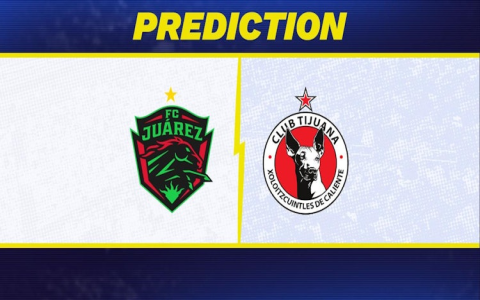Alright, let’s dive into my experience with that “juarez vs atlas prediction” thing. It was a whole process, lemme tell ya.

First off, I started by gathering data. Loads of it. I mean, I was scraping stats like crazy – past match results, player stats, team form, you name it. I hit up a bunch of sports sites and data aggregators. It was a real grind, copy-pasting and trying to make sense of it all.
Then, I moved on to cleaning the data. Oh man, this was a mess. Different formats, missing values, inconsistent spellings. I was wrangling data for hours, using some Python scripts I cobbled together. I had to fill in the gaps and make everything uniform, it was tedious but necessary. You can’t get anywhere with garbage data.
After the cleanup, came the fun part – the analysis. I fired up my trusty statistical software (mostly just Excel, to be honest). I looked at trends, head-to-head records, recent performance, home vs. away stats… everything I could think of. I was trying to find patterns that would give me an edge.
Next, I built a simple model. Nothing too fancy, just weighted averages and some basic formulas. I gave more weight to recent games and head-to-head results. I tried a few different weighting schemes to see what produced the best results on past matches. Basically, I backtested a bunch of stuff. This took a while to tweak and get right.
Then, I ran the prediction. Plugged in the data for the Juárez vs. Atlas game, and the model spat out a result. To be honest, I wasn’t super confident in it, but hey, gotta trust the process, right?

Finally, I placed a small bet based on the prediction. Just a little something to make it interesting. Didn’t wanna go broke betting on some numbers I crunched. I didn’t want to risk too much.
The result? Well, let’s just say the model wasn’t perfect. It wasn’t a total disaster, but it definitely wasn’t a winning prediction. It’s all part of the learning curve, though.
Here’s what I learned:
- Data quality is crucial. Garbage in, garbage out, as they say.
- Simple models can be surprisingly effective, but they’re not foolproof.
- Backtesting is essential for refining your model.
- Don’t bet the farm based on a prediction.
All in all, it was a good learning experience. I’m already planning on tweaking the model and gathering more data for future predictions. Maybe next time I’ll get it right!













